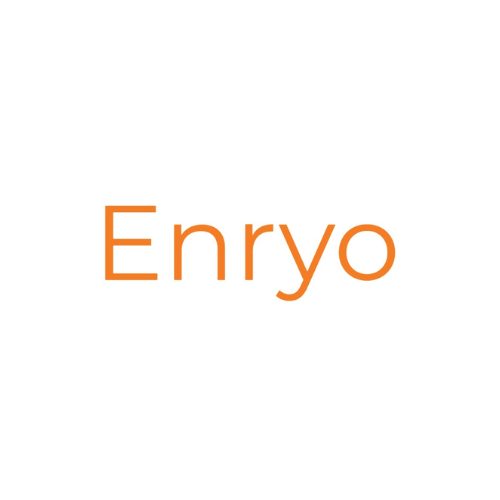The Bank of Japan (BoJ) recently shared insights from an interim report on its ongoing exploration into a central bank digital currency (CBDC), highlighting the launch of a CBDC API Sandbox earlier this month. This new phase of development draws inspiration from the Bank of England’s Project Rosalind and represents an advancement from the two proofs of concept (PoCs) previously conducted by the BoJ for the digital yen, with the latest PoC concluding a year ago.
The current focus extends well beyond just the CBDC platform to include comprehensive experiments that integrate intermediaries and probe both interoperability with external systems and the addition of new features. Notably, the bank has emphasised industry collaboration, forming five working groups dedicated to various aspects of CBDC development. Although much of the effort has been theoretical, the Bank of Japan is preparing to initiate practical experiments based on these findings.
The working groups are exploring several critical areas:
- WG1: Integration of the CBDC system with external infrastructure and systems
- WG2: Additional services and the broader CBDC ecosystem
- WG3: Know Your Customer (KYC) processes and user authentication/authorisation
- WG4: Incorporation of new technologies into the CBDC
- WG5: User devices and user interface/user experience (UI/UX)
- A prospective sixth group will investigate how CBDC can coexist with other forms of electronic payment.
Key enhancements being considered in this phase involve privacy and scalability. The bank aims to dissociate personal data from transaction data, similar to strategies seen with the digital euro. Furthermore, it contemplates offering users the option to consent to the sale of their transaction data. This function, however, would be managed outside the central bank and its intermediaries.
Scalability is another crucial area, with the CBDC platform needing to support tens of thousands of transactions per second under normal conditions and over 100,000 per second during peak times. Additional features under discussion include offline payment compatibility, programmable payments, and enhanced security measures.































































